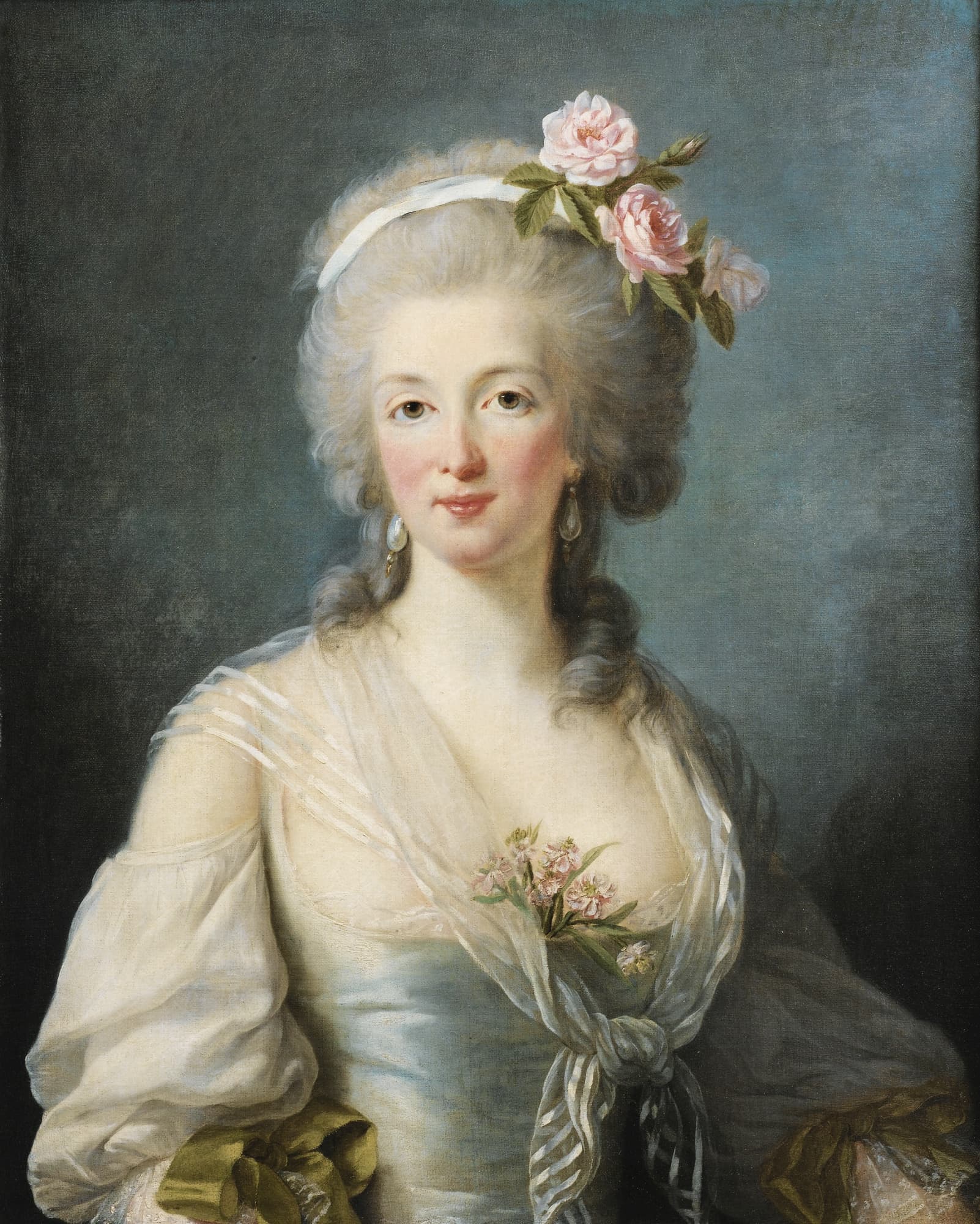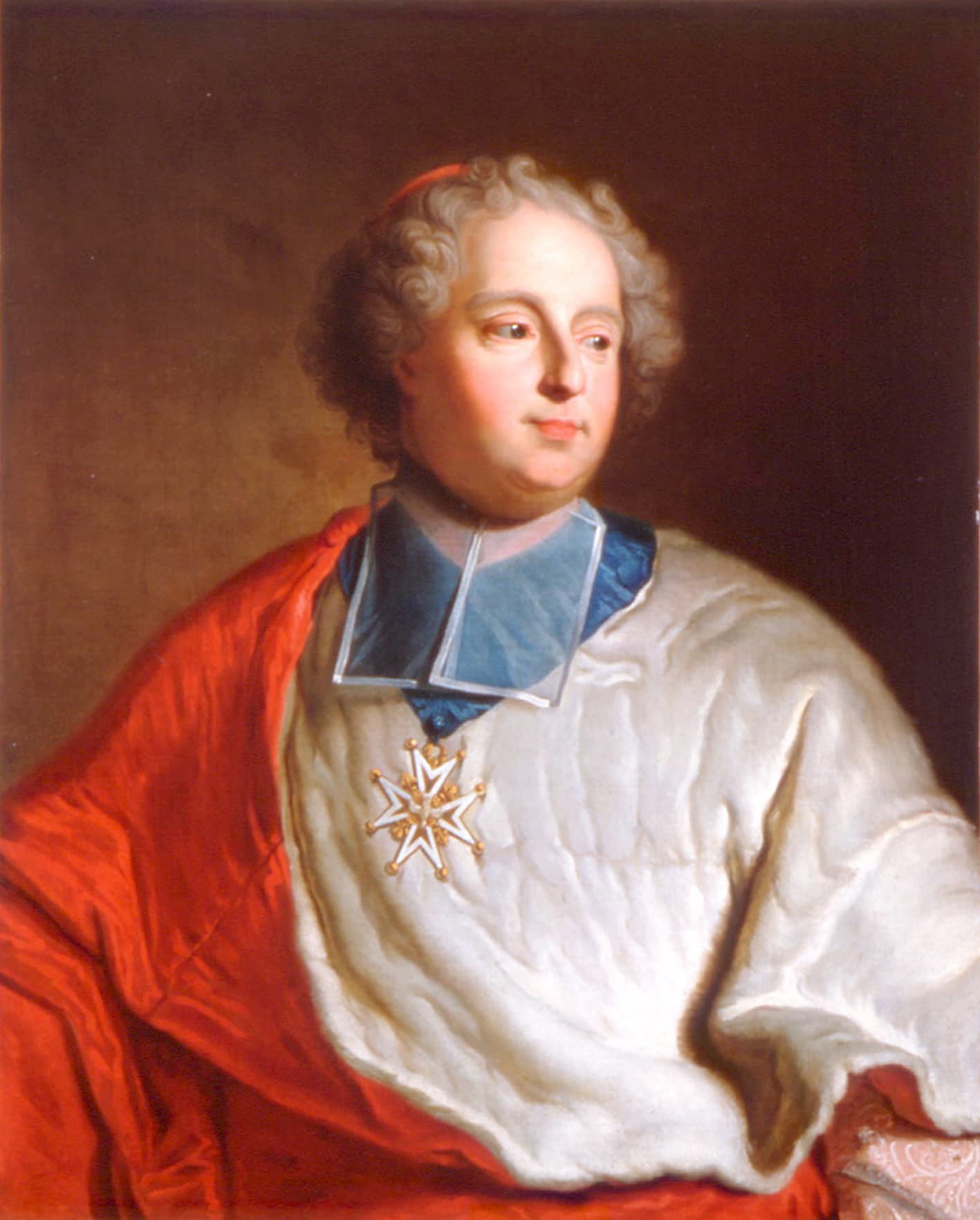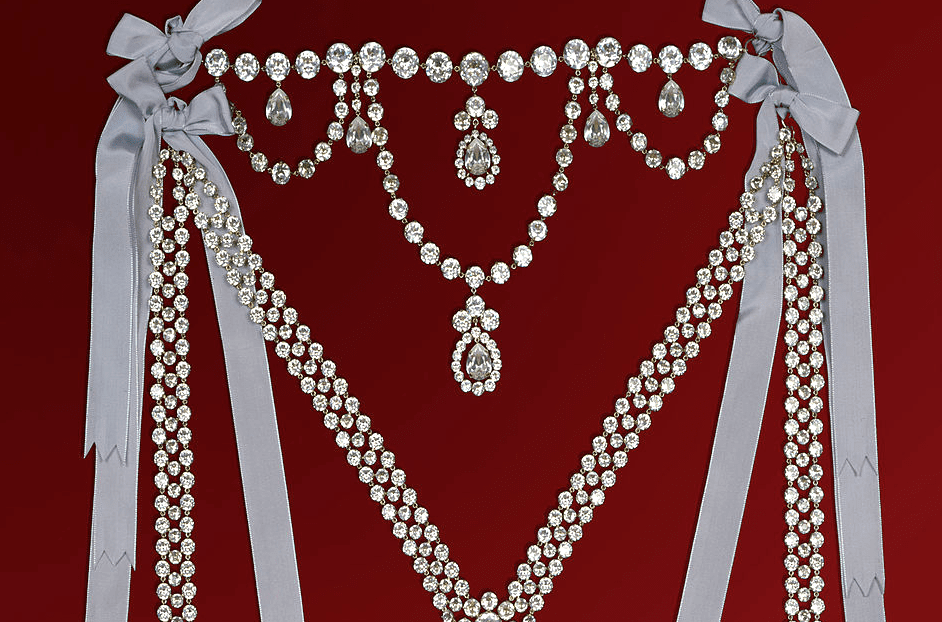Once upon a time, about 240 years ago, an aging king had a madly expensive necklace made for his young mistress. The production took several years, and the king in the meantime died, the new king drove the mistress out of the court, and in addition, the two jewellers were left off with a necklace of unimaginable price and only empty hands and coffers.
When Louis XV. decided to prove his love to his official mistress Madame du Barry with a precious gem, he didn’t know what avalanche of events it would trigger. After the death of the sovereign, Parisian jewellers Boehmerr and Bassange tried to sell the jewel to the young Queen Mary-Antoinette, but she, knowing who was originally to be its owner, refused it. The unfortunate jewellers, who were indebted to make the jewel themselves, tried to sell it in all European courts, but unsuccessfully. After the birth of the successor to the throne in 1781 they turned to the Queen again, happy father Louis XVI. offered to buy her these jewels, but it’s said that Maria-Antoinette refused, saying, “At this price, let's build a warship that will serve the king and the state!“ few people expected this kind of response...

Cheater and Naive Cardinal
Suddenly Jeanne de la Motte appeared on the scene. The master of intrigue and manipulator who plotted the so-called “necklace affair“ came from a very poor noble family, supposedly so poor that her mother forced her to go begging during her childhood,. Even though her ancestor was an illegitimate son of the French King Henrich II, he was never officially recognized as his son. Jeanne de la Motte, however, would proudly add to her name de Valois, which is a branch of the Capetian royal dynasty having ruled in France before the Bourbon. Jeanne, as a true mythmaker, told anyone who’d listen to her that she was one of the Queen's closest friends, and even spoke of her as her intimate acquaintance and her cousin. The ambitious fraudster easily got into the lobbies of Versailles chateau, which wasn’t a problem for a pretty, well-dressed and sufficiently confident woman in the 18th century. When she met Boehmerr and Bassange in December 1784, who begged her to convince her royal girlfriend to buy a necklace from them, she conjured a mad idea in her head, to which she also dragged her unsuspecting lover...
Cardinal and Lookalike
Cardinal de Rohan is another character in this incredible story that historians call the greatest fraud of French monarchy. He was a descendant of one of the richest and most respected French families. The cardinal met, at that time, still Princess Mary Antoinette when she arrived in France. It was he who was officially entrusted with welcoming her at the border when the young Austrian Archduchess moved to her new homeland. Rohan later became the ambassador of the French king at the Vienna court, where his desire for luxuries, switching lovers and frivolous life did not please the Empress Maria-Theresa. This feeling was compounded by the fact that Rohan revealed an upcoming plot when Austria, Russia and Prussia wanted to split Poland, and informed his Foreign Minister.
The letter, which represents the Austrian Empress as a cartoon, holding a handkerchief in one hand wiping away tears, and in the other sword cutting her part of Poland, fell into the hands of the then king’s mistress, Madame du Barry. She read it out loud and with mockery at one of the official dinners in Versailles. Maria Antoinette, who heard of the mockery of her mother, had never forgiven Rohan and hated him from the core of her heart. The ambitious cardinal thus lost not only the chance to become the first minister, which was a post very close to his position, family and functions, but also to win favour of the queen, with whom he fell desperately in love, according to contemporary gossip. This situation suited his lover, Jeanne de la Motte. She offered to the cardinal to help him get out of the queen’s disgrace and hand over his letter.
After a series of fake love letters, written to the cardinal by Jeanine’s next lover, Rétaux de Vilette, rather than by the ruler herself, she even organized a meeting between Rohan and the Queen! How could this fifty-year-old clergyman and diplomat be fooled so easily? The shameful master of intrigue had found and paid for a lookalike! Parisian prostitute Nicole d´Oliva resembled the monarch and at a night meeting in the Versailles park, which was “accidentally“ interrupted by unwanted passers-by, the smug nobleman’s got convinced of what he wanted to believe. After that, it wasn't hard persuading him that the queen longed for a necklace, but was afraid of public reactions, and then through the falsified letters instruct the cardinal to discreetly buy jewellery and send it to Jeanne at Versailles. However, when the jewellers and the cardinal continued to wonder why the queen does not wear the necklace, and the first instalment was approaching, the dear fake “cousin” evaporated along with the necklace!

Arrest The Cardinal ...
...was accounced on 15th August, 1785 in the Mirror Hall in Versailles! It was the Feast of the Assumption and cardinal de Rohan was just about to serve the mass in the royal chapel. This sentence put one of the supreme ecclesiastical dignitaries of the Kingdom of France in jail, meaning an absolute scandal and accelerated the advent of the French Revolution. It was preceded by unpaid instalments for the necklace, the jewellers chasing up the queen who had no idea what it was about, and inviting the cardinal to see the royal couple, where he had to explain how and by whom he had been fooled. The humiliated cardinal apologized to the queen, pledged to pay for the necklace, and asked the king for public trial, to which the king agreed.
On 22nd May 1786, 64 members of the French Parliament met and exonerated the cardinal. He was morally freed of complicity and insult to the majesty, but had to pay Boehmerr and Bassange for a necklace of 1,600,000 livres. With great difficulty, after the sale of real estate and land, cardinal’s descendants eventually paid off the debt only at the end of the 19th century.
Jeanne de la Motte de Valois, who had been seized by the police, but without the jewel, was sentenced to public flogging and branding her with 'V' standing for a voleuse-thief, and life imprisonment. She managed to escape from prison to London, where she wrote her memoirs - “Mémoires de la Comtesse de Valois de La Motte“.
The completely innocent queen was worst off in the whole affair. The liberation of cardinal de Rohan by the French parliament meant for the unfortunate, already hated queen further humiliation. There were pamphlets throughout Paris describing how the “Austrian lady“ sold out to the cardinal for diamonds. Even during the trial condemning the Queen of France to death by guillotine, they were throwing these false accusations of the necklace back in her face.
As the prominent French politician Honore Mirabeau said: “The trial of the queen’s necklace was a prelude to the French Revolution.“
Interesting figures
The Queen's Necklace was composed of 540 diamonds.
#It had 2840 carats, costing 1,600,000 livres, meaning that four castles around Paris could be bought for it, with parks and surrounding land.
It was taken apart and sold on the black market in England.
